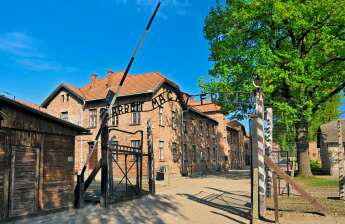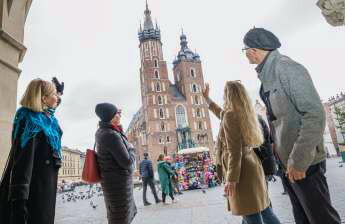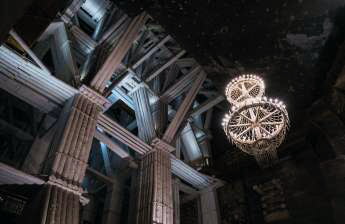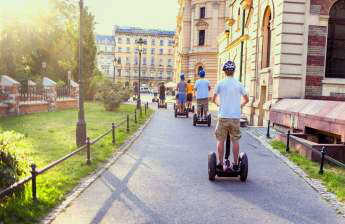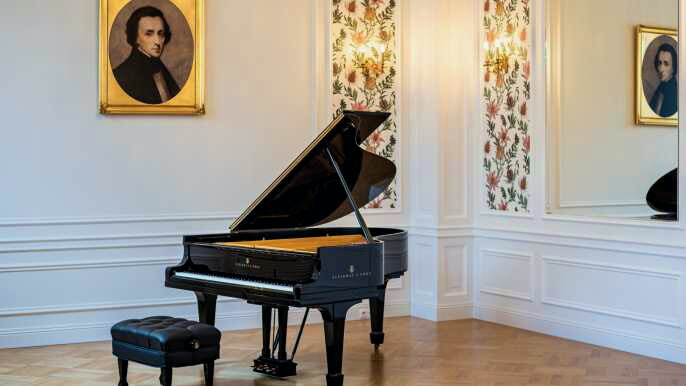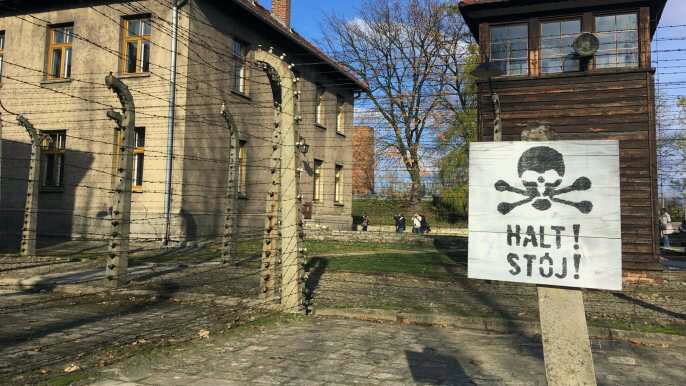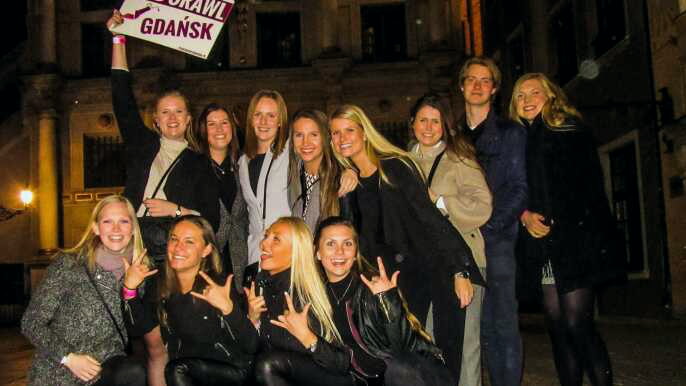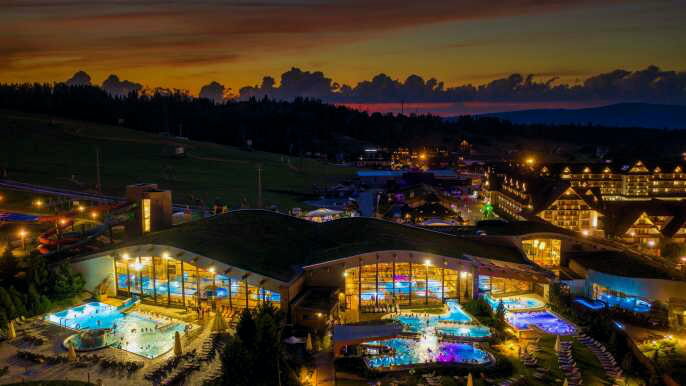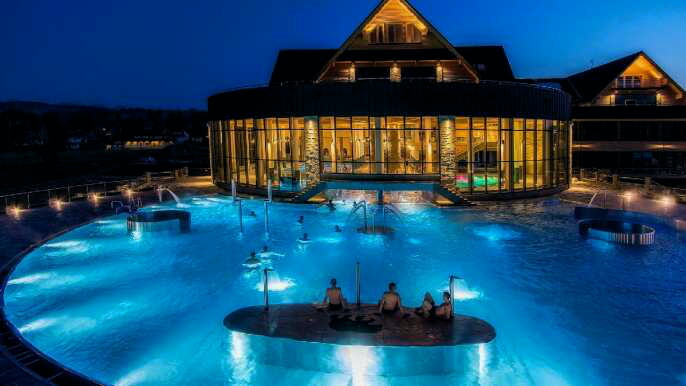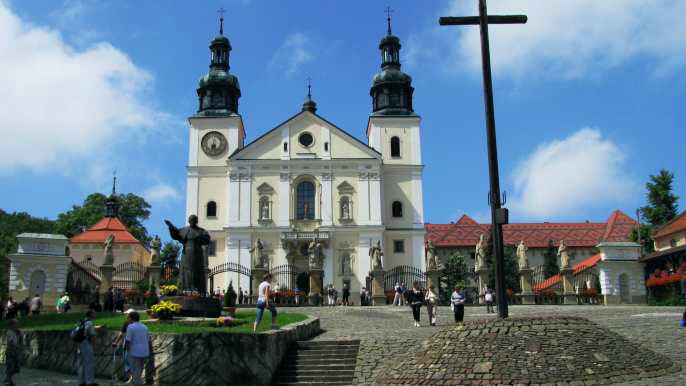Located in southern Poland, Kraków is a city with a medieval core and a Jewish quarter. The old town is surrounded by Planty Park and is known for its Cloth Hall, which is located on Rynek Glówny (market square). Its 14th-century Gothic church, St. Mary's Basilica, is one of the most beautiful churches in the country.
St. Mary's Basilica
Located in Krakow's Old Town, Saint Mary's Basilica is one of the city's most important landmarks. It is also home to one of the world's largest Gothic altarpieces. The wooden sculpture features six scenes of the Joys of Mary, carved by German artist Veit Stoss.
The basilica is a must-see for any visitor to Krakow. Its impressive interior is adorned with blue and gold artwork, intricate carvings and stained glass windows. It is one of the most beautiful surviving examples of Polish Gothic architecture. It is a church that has been a centre of religious life in Krakow for over 700 years.
The Basilica is separated into two sections: the first is open to the public. The second part is only for personal prayer in front of the Eucharist in the monstrance. The entrance to the Basilica is free for worshippers, but visitors need to purchase a camera ticket to take photographs inside.
The main feature of the church is the high tower that overlooks the town. In addition to the impressive views, visitors can climb the tower to see the views of the city. However, the tower is only accessible to those aged 18 and over. It costs 15 Polish zloty to climb.
The hejnal mariacki, a medieval melody, is played from the taller tower. This haunting melody is heard every hour. Its name means "the bugle of the defenders". It was used to alert the people of Krakow when an attack was coming.
The basilica is built on the foundations of an older church. It was reconstructed in the 14th century after being destroyed by a Tatar raid. The towers were constructed in red brick. They vary in height and are covered in a gothic dome. The north tower has eight small turrets.
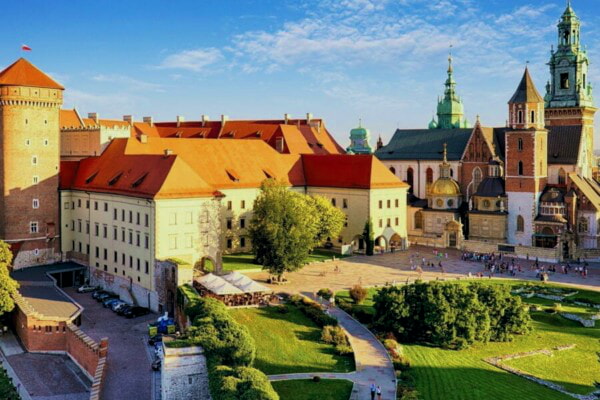
Florianska Street
Located in the heart of the Old Town in Krakow, Florianska Street is a medieval street which runs through the city center. This is one of the most visited streets in the city.
The street's name derives from the church of St Florian. It was initially a residential street. As more buildings were constructed, it transformed into a commercial thoroughfare. By the 15th century, most of the buildings were made of solid masonry.
The medieval buildings of Florianska Street were mostly inhabited by nobility. Today, they house a variety of shops, bars and restaurants. The street is also a great place to try traditional Polish food.
In the 19th century, Florianska was a meeting point for artists. Today, the Cloth Hall remains an interesting attraction. It is home to a large number of stalls selling traditional Polish crafts and textiles.
The Cloth Hall is now a museum and a shop, but it was once a center for market trading. The market traders sold spices and fabrics.
The market square is home to many historic townhouses, churches and monuments. The Market Square is also home to the Town Hall Tower. The tower provides an excellent bird's eye view of the Main Market Square.
The Main Market Square was the commercial center of the city for hundreds of years. It was a place where coronation processions and solemn funerals of monarchs took place. The square is still the heart of the Unesco-attested Krakow Old Town.
The main market square is the largest medieval town square in Europe. The area has numerous restaurants, cafes and clubs. It is also home to the oldest hotel in the city, Pod Roza, which was once a residence for Russian tsars.
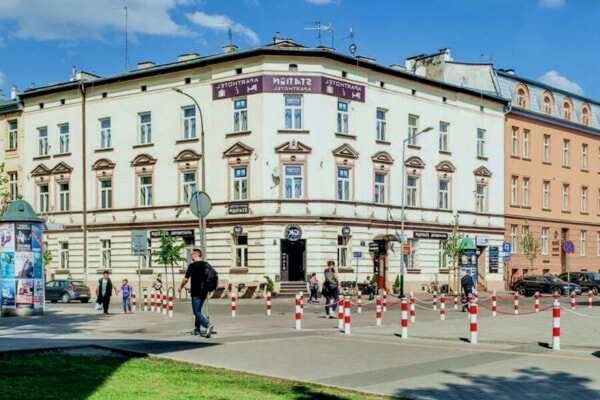
Kosciuszko burial mound
Dedicated to the 18th and 19th century military leader Tadeusz Kosciuszko, the Kosciuszko Mound is located on the Sikornik Hill in Krakow. It was completed in 1823 and offers a spectacular view of the city.
It is one of four man-made mounds in the city. The other three are Pilsudski Mound, Krak Mound, and John Paul II Mound. All of them have a distinctly different story, and are worth seeing.
The oldest man-made structure in the city is the Krak Mound. It is 57 metres in diameter at the base, and reaches a height of 16 meters. It is rumored that the Mound was the burial place of Prince Krak, the founder of Krakow. However, the history of the Mound has not been studied very thoroughly.
Another mysterious hill in the city is the Pilsudski Mound. It is a 7-metre-high mound, without a cross, that is located near the Congregation of the Resurrectionist Fathers in Debniki. The mound is also known for its association with the pilgrimage of the resurrectionist priests.
The newer Mound was illuminated in 2002. The entrance has a granite plaque with the papal coat of arms. There are footbridges over archaeological digs.
Kosciuszko's Mound was built to honour Tadeusz Kosciuszko, and it was constructed in the style of the ancient Mound of Krakus. The Mound is 326 metres above sea level, and is surrounded by walls of a military citadel. It is a symbol of the long road to freedom for Polish people.
Visitors can walk up to the top of the Kosciuszko Mound. There is a restaurant, and a radio station on the top. It also contains historical exhibits.
Auschwitz Birkenau Museum
Visiting the Auschwitz-Birkenau Museum is one of the best things to do in Krakow. It was a former concentration camp that was liberated by the Soviet Union in 1945. In addition, it has now become a memorial to the victims of World War II.
To visit the Auschwitz-Birkenau site, you will need to arrange for a guided tour. The guide will provide you with information about the camps and the history of the Holocaust. You will also get to see some of the most disturbing aspects of the camp. These include the gas chambers and the barracks.
The guided tours are also offered in English. They take place on certain days of the week and you can choose between the morning, afternoon, and evening tours. They are usually scheduled for half-hour intervals and leave frequently throughout the day. You will also get a short documentary about the liberation of the camps. The fee for the film is a small one.
Visitors can reach the Auschwitz-Birkenau sites by bus, train, or taxi. However, the most convenient option is by taking a guided tour. If you are traveling in a group, a guided tour is essential.
Buses to the camps depart from the MDA bus station in Krakow. The trains depart from the Krakow Glowny train station, located in the heart of the city. The trip to the camp takes about an hour.
The bus is the cheapest way to reach the sites. During the summer months, it is advisable to reserve a seat for a Lajkonik bus. These buses only cover the first camp, but you can use the free shuttle bus to get to the second camp.
St. Florian's Gate
Located on the northern edge of the city's Old Town, St. Florian's Gate is one of the most important Gothic structures in Poland. It was built during the break between the 13th and 14th centuries.
Today, it is the only gate that remains in Krakow's original walls. The gate was erected to protect the town from Turkish attacks. Foreign envoys and royal guests passed through the gate.
The gate was originally adorned with a relief of Saint Florian. A stone eagle replaced the original relief in the late 18th century. During the early 19th century, a Baroque roof was added to the gate to raise its height.
Visitors can walk the ramparts of the City Defence Walls. There are also video displays that take visitors back in time to the middle ages in Krakow.
You can hire a carriage ride to see the main attractions. The entrance fee to the gate is reasonably priced. A single ticket costs 2 EUR. You can pay with cash or credit cards.
The Barbican, another structure that is close to the gate, was once part of the gate. The Barbican was constructed around the old town and was a part of the fortifications. The Barbican is now part of the City Defence Walls.
The Renaissance Cloth Hall is another landmark of the city. The hall features Romanesque and Gothic touches. It also has a museum of medieval and 19th-century Polish art.
The Krakow Underground Museum explores the city's turbulent history. The museum covers 4,000 square meters of archaeological finds. It includes weapons, trading goods and historical items.
The Sigismund Bell Tower is another popular attraction. It is free to climb the tower. The tower has a beautiful view of the Old Town.


